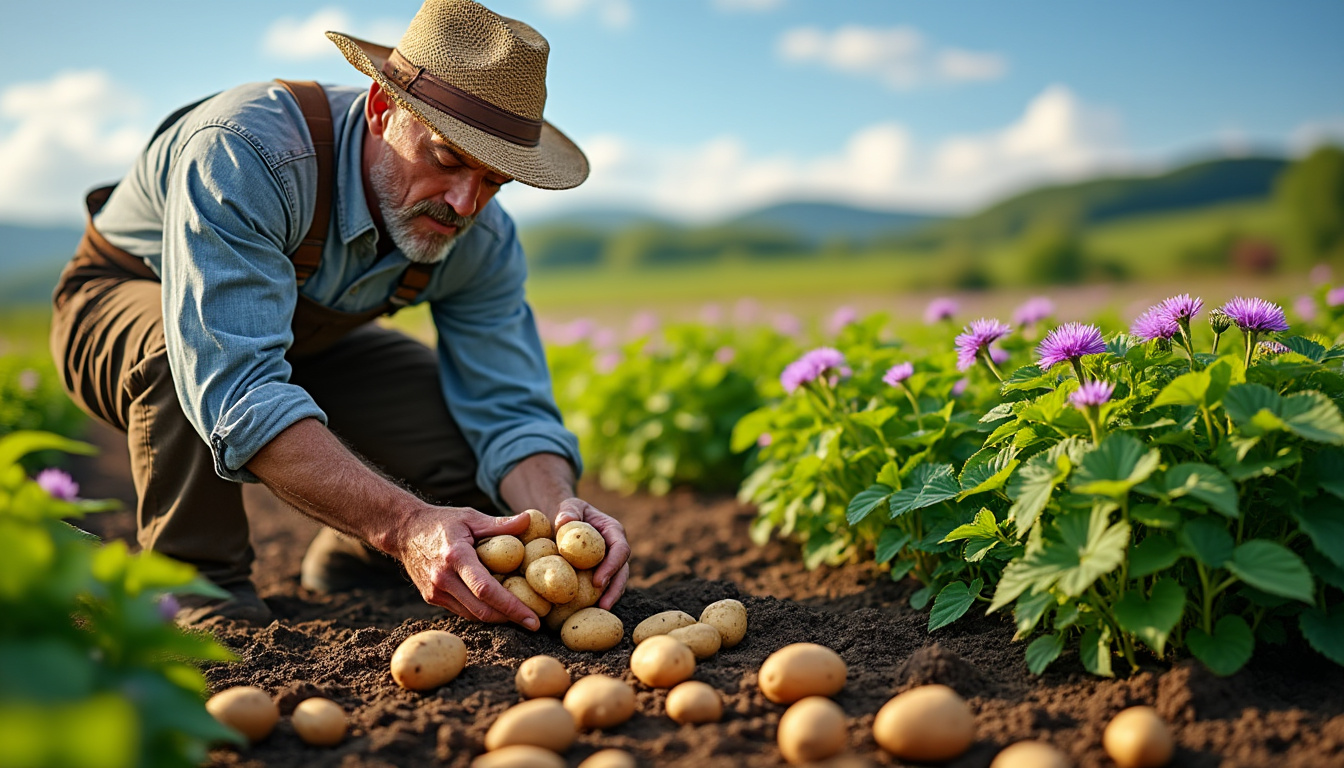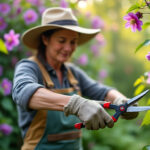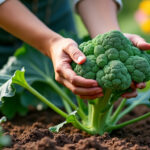Harvesting second early potatoes at the right time is an essential practice that can significantly influence their flavor and overall quality. Understanding the signs of maturity and the ideal conditions for harvest ensures that the potato crop will meet expectations, providing a delightful taste experience. This guide will explore key methods for harvesting these versatile tubers, ensuring they are enjoyed at their best.
- Understanding Potato Maturity
- Timing for Harvesting Second Early Potatoes
- Signs of Readiness for Harvest
- Harvesting Techniques and Best Practices
- Storage Tips for Maximum Flavor
Understanding Potato Maturity
Potatoes can be categorized by their maturity timing. The second early potatoes typically fall into a window of harvesting that lies between new potatoes and mature varieties. Their ideal harvest is often around 120 days post-planting. This timeframe ensures that the tubers have developed a full and rich flavor, perfect for enjoying fresh or incorporating into various dishes.
Factors Affecting Maturity:
- Variety of the potato 🌱
- Soil conditions and temperature 🌡️
- Weather patterns ☀️
- Sunlight exposure ☀️
| Potato Type | Days Until Maturity |
|---|---|
| New Potatoes | 60-80 days |
| Second Early Potatoes | 70-100 days |
| Mature Potatoes | 90-120 days |
Timing for Harvesting Second Early Potatoes
The time to begin checking second early potatoes typically coincides with the flowering phase of the plant, which signals that tubers are developing beneath the soil. The best timing for harvesting them is usually in mid to late summer, around 2-3 weeks after flowering has ceased.
Optimal Harvest Conditions:
- When flowers start to wilt 🌼
- The days are dry for easy digging ☀️
- Plant foliage begins to yellow 🍂
Signs of Readiness for Harvest
Knowing when to harvest second early potatoes ensures optimal flavor and texture. Key signs to look out for include:
Indications of Readiness:
- Flowers have bloomed and started to die off 🌼
- Leaves are turning yellow and beginning to die back 🍂
- Firm and plump tubers can be felt through the soil 👩🌾
| Indicator | What to Look For |
|---|---|
| Flowering | Blooms begin to fade |
| Foliage | Yellowing leaves |
| Tuber Size | Knuckles can be felt when probing |
When to plant crocosmia bulbs for optimal growth
Harvesting Techniques and Best Practices
Harvesting second early potatoes requires precision and care to avoid damage. The following techniques ensure a successful harvest while preserving the quality of the tubers.
Harvesting Methods:
- Use a garden fork to carefully loosen soil without damaging tubers 🌱
- Start digging about 6-8 inches from the plant base for minimal disturbance 🚜
- Gently lift the plant by hand when tubers are large enough 👐
Storage Tips for Maximum Flavor
Post-harvest, proper storage is essential to maintain the quality of second early potatoes. It is crucial to store them at optimal temperatures and conditions to prevent spoilage.
Best Storage Practices:
- Keep in a cool, dark, and well-ventilated area 🏠
- Avoid exposure to direct sunlight to prevent sprouting ☀️
- Store at temperatures between 45-50°F (7-10°C) ❄️
| Storage Method | Tip |
|---|---|
| Cool and dark environment | Avoid refrigerators |
| Proper ventilation | Use burlap or mesh bags |
| Inspect regularly | Remove rotten potatoes immediately |
FAQ
When is the best time to plant second early potatoes?
Second early potatoes are best planted in early to mid-spring, around March or April, depending on the climate.
What tools do I need for harvesting?
A garden fork is essential, and some gardeners prefer gloves for handling the tubers gently.
Can I store potatoes for a long time?
With proper storage conditions, harvested potatoes can last several months without spoiling.
How do I know if my harvested potatoes are suitable for eating?
Inspect the skins for firmness and any signs of rot or blemishes. If clean and firm, they are suitable for consumption.
What should I do if I miss the ideal harvest time?
If potatoes are left in the ground too long, they may become tough and develop skin blemishes. Harvesting them is still possible, but the quality may be affected.
Adhering to the best practices outlined can lead to a bountiful harvest of second early potatoes, providing a rich flavor profile for various culinary delights. Whether sourced from Burpee, Johnny’s Selected Seeds, or Gardener’s Supply Company, ensuring the right timing and conditions for harvest is crucial in the gardening journey.
















